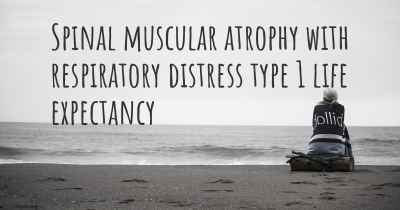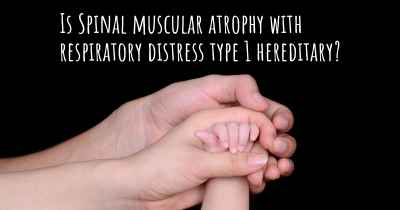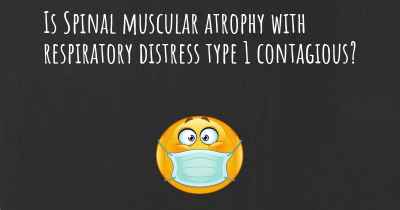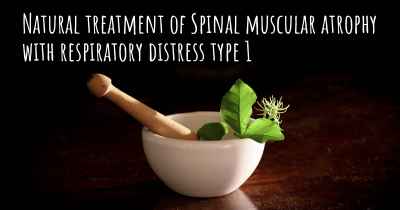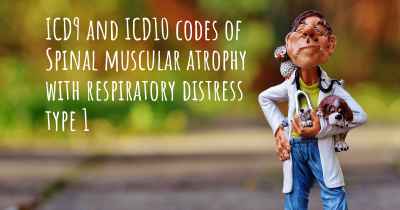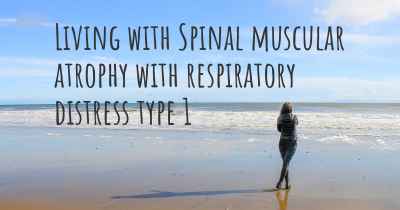How do I know if I have Spinal muscular atrophy with respiratory distress type 1?
What signs or symptoms may make you suspect you may have Spinal muscular atrophy with respiratory distress type 1. People who have experience in Spinal muscular atrophy with respiratory distress type 1 offer advice of what things may make you suspicious and which doctor you should go to to receive treatment
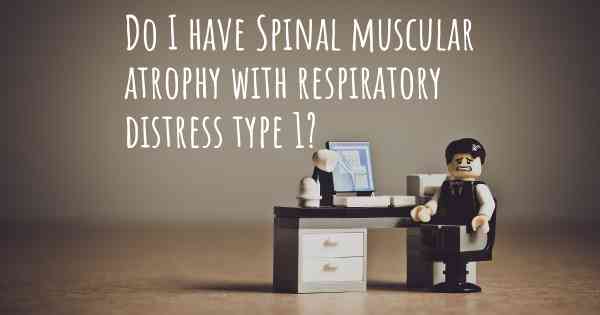
Spinal muscular atrophy with respiratory distress type 1 (SMARD1) is a rare genetic disorder that affects the muscles involved in breathing and movement. It is important to note that I am not a medical professional, but I can provide you with some general information.
Diagnosing SMARD1:
Diagnosing SMARD1 typically involves a combination of clinical evaluation, genetic testing, and specialized medical tests. Here are some key steps in the diagnostic process:
- Clinical Evaluation: A healthcare professional will assess your symptoms, medical history, and family history. They will look for signs such as respiratory distress, muscle weakness, and motor delays.
- Genetic Testing: A genetic test can confirm the presence of mutations in the IGHMBP2 gene, which is associated with SMARD1. This test usually involves analyzing a blood or saliva sample.
- Electromyography (EMG): EMG measures the electrical activity of muscles and can help evaluate muscle function and detect abnormalities.
- Nerve Conduction Studies (NCS): NCS measures the speed and strength of electrical signals traveling through nerves, helping to assess nerve function.
- Lung Function Tests: These tests evaluate respiratory function and can help determine the severity of respiratory distress.
Signs and Symptoms:
SMARD1 typically presents in infancy, with symptoms appearing within the first few months of life. The most common signs and symptoms include:
- Respiratory Distress: Infants may experience difficulty breathing, rapid breathing, or require respiratory support.
- Muscle Weakness: Weakness in the muscles involved in movement, such as the arms, legs, and trunk, may be observed.
- Motor Delays: Infants may have delayed motor milestones, such as rolling over, sitting up, or crawling.
- Decreased Reflexes: Reflexes may be diminished or absent.
- Swallowing Difficulties: Some infants may have difficulties with feeding and swallowing.
Treatment and Management:
Currently, there is no cure for SMARD1. Treatment focuses on managing symptoms and providing supportive care. This may include respiratory support, physical therapy, occupational therapy, and nutritional support. It is crucial to consult with healthcare professionals who specialize in genetic disorders and neuromuscular conditions for appropriate management.
Remember, only a qualified healthcare professional can provide an accurate diagnosis. If you suspect you or your child may have SMARD1, it is important to seek medical advice promptly.
